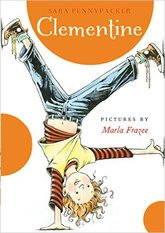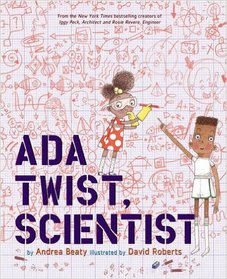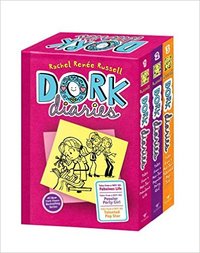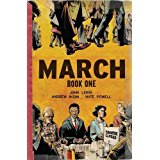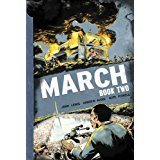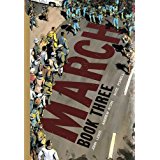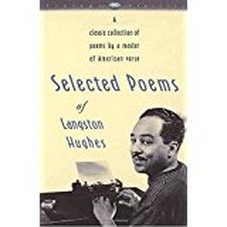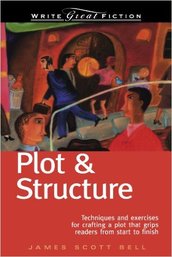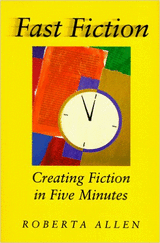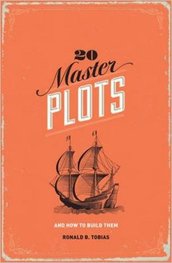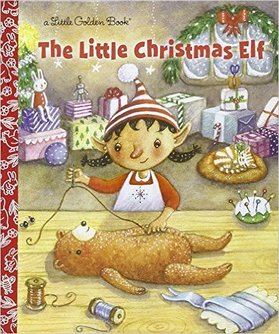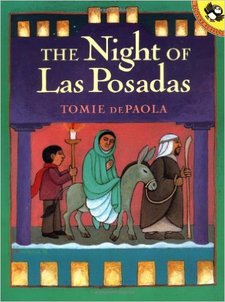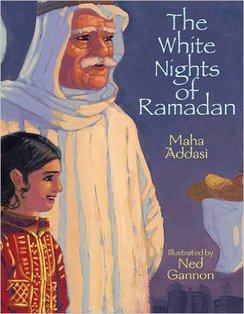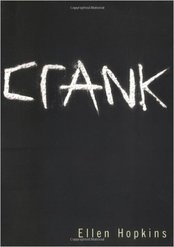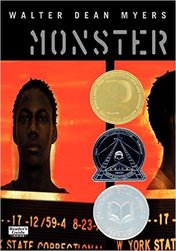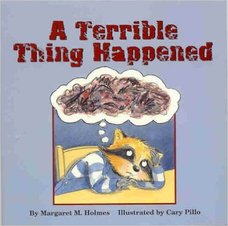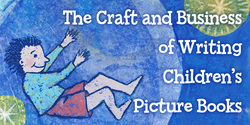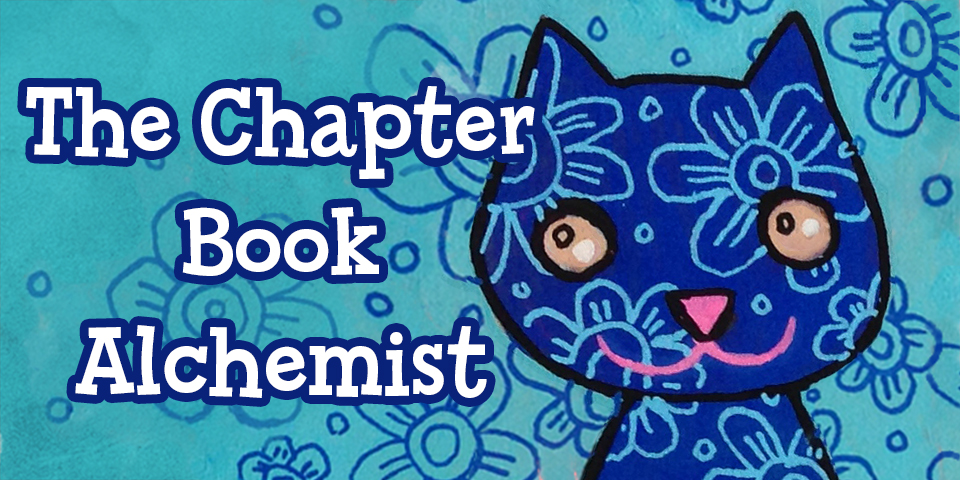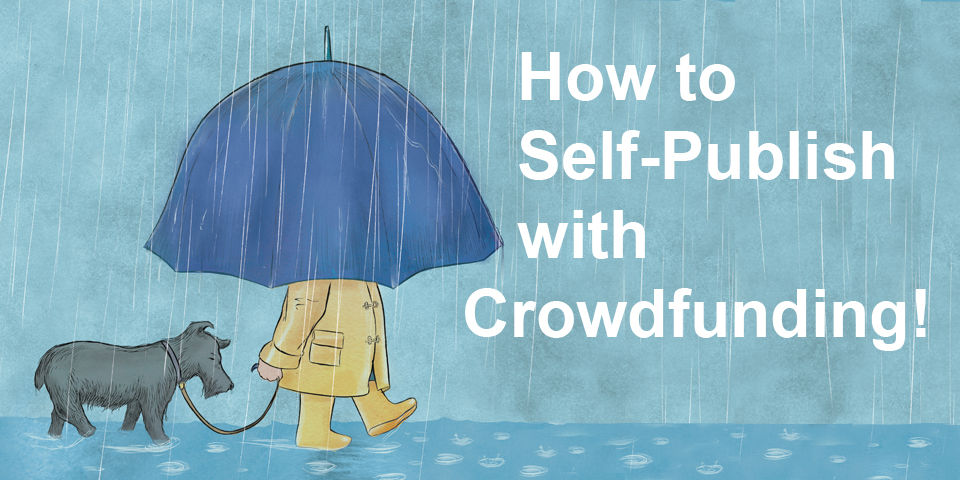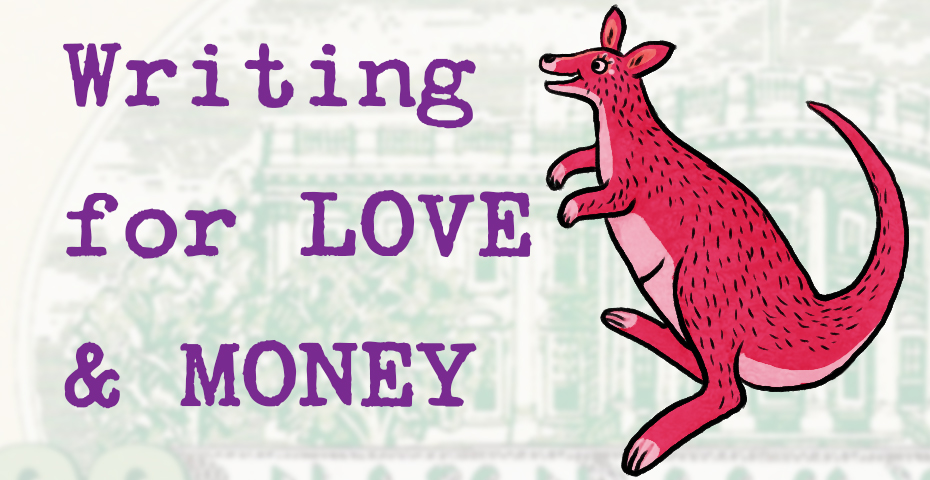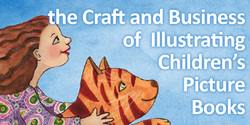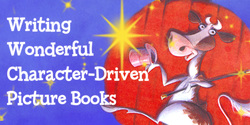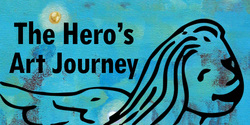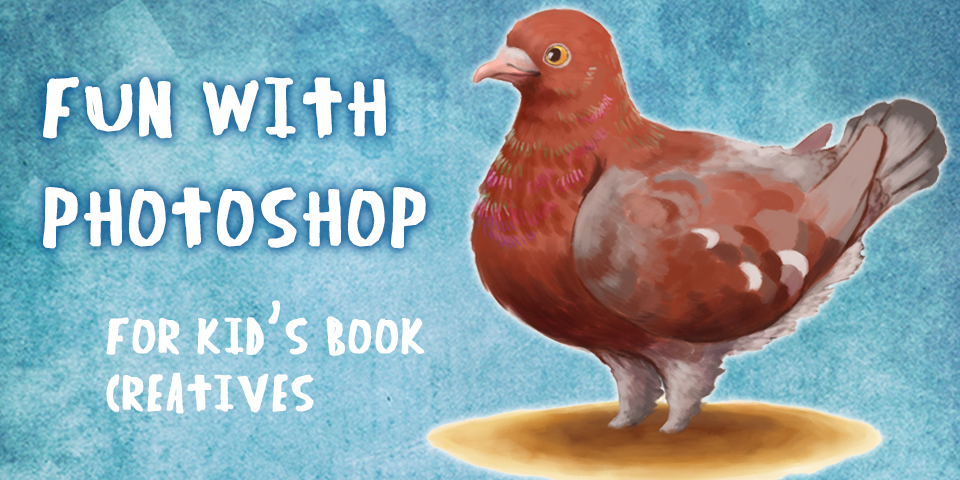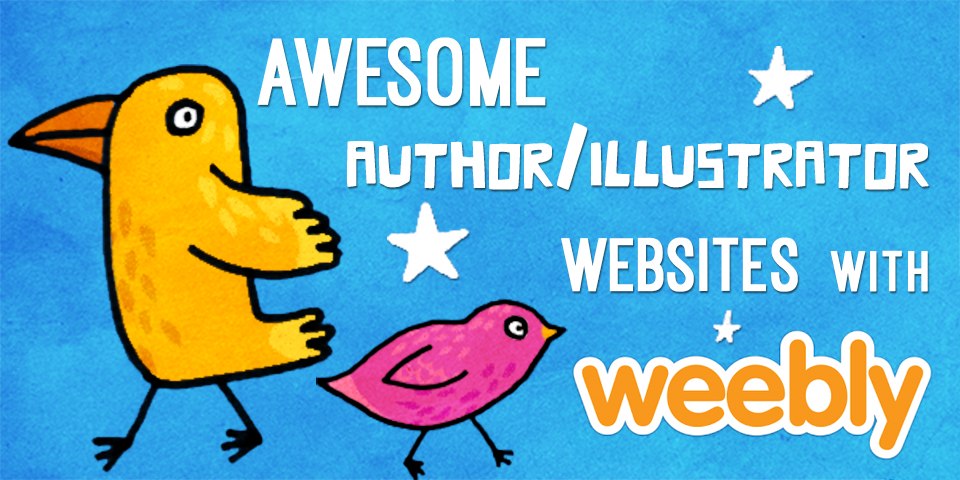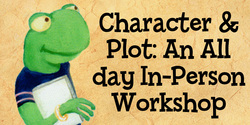|
by Bryan Patrick Avery It’s Womens History Month, and throughout the magic world, we’re celebrating female magicians. Suzanne, Alison Easton, Misty Lee, and Billy Kidd are just a few of the women who have helped advance the conjuring arts. As a magician, and a father, it’s important to me that my daughter see these women in action to help reinforce that she can become anything her heart desires. The same is true when it comes to books. It’s important to me that my daughter’s bookshelf be populated with stories featuring a wide array of characters including books featuring unique, endearing, and independent female leads. One such book is Sara Pennypacker’s Clementine, illustrated by Marla Fraze. It’s a hilarious look at one little girl’s “not so good of a week”. The story is both funny and heartwarming, as Clementine attempts to help a friend through a crisis with disastrous results. In addition to being a great read (my daughter and I both read it in one sitting) the book is a great resource for writers looking for strong writing examples to strengthen their own work. I recently had the opportunity to hear Sara Pennypacker speak at the SCBWI Winter Conference. She stressed the need to leave room for the reader. At the end of the first page of Clemetine, we read “Someone should tell you not to answer the phone in the principal’s office, if that’s a rule.” The reader decides for herself that Clementine must have answered the principal’s phone, and that that action led to negative consequences, all without the writer having to explicitly state it. It leads to a more engaging experience for the reader which explains why the Clementine series is a New York Times best-seller. Another wonderful book we love is Ada Twist, Scientist, written by Andrea Beaty and illustrated by David Roberts. A rhyming story, this #1 New York Times bestseller is the third book in a series which includes Iggy Peck, Architect and Rosie Revere, Engineer. Ada Twist is a curious young girl with lots of questions. We follow her on her quest to discover the source of a terrible smell as she ends up finding her passion: science. One side note, we also love this story because it features Ada Twist, a young black girl, just being a kid. Her skin color is completely unimportant to the story and we need more books that feature diverse characters just doing regular things. Lastly, since we’re perusing my daughter’s bookshelf, she wouldn’t forgive me if I didn’t mention Rachel Renee Russell’s Dork Diaries series featuring the diary of Nikki J. Maxwell. This series has become my daughter’s favorite (I frequently have to remove one or more books from underneath her pillow each morning) in no small part because of how relatable the stories are.
Nikki is a middle-schooler and the first book, Tales from a Not-So-Fabulous Life, details a fight with her mom over getting the latest phone, meeting her crush and her new best friends, and facing off against her nemesis. Though laid out in a diary format, the stories are engaging and keep readers coming back for more. That’s all for now. This is just a sampling of the wonderful picture books and middle grade novels featuring some of my (and my daughter's) favorite females leads. Feel free to leave your favorites in the comments below. I’m off to finish my writing so I can prepare for an upcoming magic competition. Have a great month!
5 Comments
by Bryan Patrick Avery I just got home from Las Vegas and a trip that gave me the opportunity to witness the incredible magic of David Copperfield up close and personal. In all the excitement, I lost track of the days and realized just this morning that it’s February. That means it’s Black History Month, which gives me the chance to talk about some wonderful alternative ways to bring stories to kids. I think these alternative approaches are important because the subject matter can, at times, be difficult to digest. A great example of this is the graphic novel series March, written by Congressman John Lewis and Andrew Aydin, and illustrated by Nate Powell. The first graphic novel to receive the John F. Kennedy Book Award, March tells the inside story of the Civil Rights Movement as lived by Congressman Lewis. The story is compelling and the artwork is engaging which pulls readers, young and old, into the story of a key movement in our nation’s history. It is written in a style that is accessible to all, and a shining example of sequentiall storytelling, as evidenced by the 2016 Eisner Award it received. If ever there was a way to make such a complex and challenging topic interesting to kids, this is it. Another great way to expose kids (and adults, too) to Black History is through the poetry of African-Americans through the centuries. From Phillis Wheatley, who in 1770 became the first published African-American to Maya Angelou, perhaps the most well-known African-American poet, there are endless resources available to read and hear the voices of the American-American experience. One of the greatest African-American poetic voices is that of Langston Hughes. My favorite poet, Hughes used his poetry to describe the emotions and challenges associated with being Black in America. His poems “I, Too” and “Harlem (What Happens to a Dream Deferred?)" are classics and can be easily understood by, and discussed with, kids. My personal favorite is the Carol of the Brown King. As a child, I would recite it every Christmas Eve for my family after our traditional creole feast. It, and many of Hughes poems, are a reminder of the desire we all share to see ourselves in important stories. I’d recommend checking out Selected Poems of Langston Hughes for sampling of this master poet’s work. You won’t be disappointed. In addition to poetry, there’s a vast array of reference books available that families can use to get a clearer picture of African-American history. The African-American Archive, edited by Kai Wright, has occupied a prominent place on our bookshelf for a long time. It includes transcripts of documents and speeches, poems and novel excerpts starting in the 1600s and leads all way to the current century. It is an eye opening look into the forces and experiences that have shaped African-Americans and the country.
Inside, you’ll find a treatise describing the best place to find slaves (see “Negroes Might Easily Be Had on the Coast of Guinea”), the full text of Dr. Martin Luther King, Jr.’s “I Have a Dream Speech”, and Bill Clinton’s 1997 apology for the so-called Tuskegee Experiments. While not all the subject matter is pleasant, it is an historical record of 400 years of African-American history and can provide children, parents, and writers a window into the African-American experience. There are, of course, many other resources. I’ve always believed that African-American history should be viewed as more than just a set of facts. There is a rich, diverse experience from which everyone can learn. Learning more about the African-American experience may help you write more authentically, and with more compassion and insight. And that’s pretty magical. by Bryan Patrick Avery Happy New Year! As the new year begins, magicians all over the world are setting goals for 2017. I’m no exception. This year, I plan to (1) compete in my first magic competition, the Joint IBM/SAM Close Up Competition in Sacramento, (2) invent a new trick (I’ve got a good one in the works), and (3) meet at least one of my magic idols (I’m thinking Michael Vincent). I have quite a few writing goals as well. Like many writers, I spend the start of each new year thinking about craft. Inevitably, that leads to me to peruse my bookshelf to review some of my favorite books on writing. The first, which I always return to, is James Scott Bell’s Plot and Structure. Bell has a great way of looking at plot, through a method he calls LOCK. LOCK stands for Lead, Objective, Conflict, and Knockout Ending. Whether you’re writing picture books, middle grade or YA, LOCK is a magical way to boil your plot down its most essential parts. In addition, Bell provides what I consider to be one of the most helpful approaches from transitioning from one act in a story to the next. Using the analogy of a doorway through which the character can pass, but not return, Bell encourages writers to think of their character and plot as something that moves forward, without the ability to retreat. The Doorway from Act I into Act II, then, changes the character’s world in a way that can’t be reversed and propels her towards the conclusion of the story. Another favorite of mine is Fast Fiction, written by Roberta Allen. I’ve had this book since it was first published in 1997 and it’s just as useful now as it was then. Allen has provided a list of writing prompts with the idea that the writer chooses a prompt and write, uninterrupted, for five minutes. Some of the prompts are straightforward. Other include a photo (Photo 7 is titled Woman with hand on mouth). There are questions which accompany the photos which act as prompts. My favorite is “What Lie Has This Woman Told?” Fast Fiction is a great way to get the creative juices flowing on a new story or even provide a needed boost to an existing story. Twenty Master Plots (And How to Build Them) occupies a special spot on my bookshelf. It’s my go to book when I’m fleshing out my plots. Written by Ronald B. Tobias, Master Plots highlight the story structure of 20 primary plots (e.g. Rescue, The Riddle, Transformation, Love, etc.) What’s great about the book as that it not only describes the overall story arc for each plot, but also breaks down each arc into a three-act structure. Tobias provides tips for what should happen in each act and a checklist for each plot structure of all the elements which will help drive the story. I’ve used this for my middle grade novel and, most recently, laying out the plot of one of my picture books.
As the new year begins, all three of these books have made it off the bookshelf as I work towards finishing a couple of in-flight projects. I’m certain that help me (and you) add some magic to world of kid’s literature. One last thing before I go. One of my writing goals is to make it to more writing events and conferences this year. I’ll be headed to SCBWI’s Winter Conference next month and the Summer Conference later this year as well. I’ll also try to find my way to some other events as well. If you see me, come say hi. We can talk books, magic or both. Happy writing! by Bryan Patrick Avery It’s December, and I’ve been invited to a holiday party hosted by and for local magicians. We’ve all been asked to bring both a dish and a trick to share. This means I’ve been working this week on a new effect for the party. I’ve chosen a sponge ball effect where four balls, three green and one red, vanish from my hands and, one by one, appear inside a top hat held by a volunteer. I’m still working on the patter to give the trick a universal holiday theme and that got me thinking about this month’s topic, magical stories about holiday celebrations. I was exposed to one such book not long ago. “The Little Christmas Elf”, written by Nikki Shannon Smith and illustrated by Susan Mitchell, is the delightful story of Nina, the smallest elf in Santa’s workshop. When Nina fails to complete her toy (a stuffed bear) in time for Christmas, Santa Claus encourages her to finish it anyway. Nina keeps working and finishes the bear. Her perseverance pays off when Santa ends up without a gift for a newborn baby and Nina and her bear save the day. Smith’s charming story, and Mitchell’s lovely artwork make this a magical holiday story. More miraculous than magical is Tomie dePaola’s “The Night of Las Posadas”. Set in Santa Fe, it depicts the tradition of Las Posadas, a procession commemorating Mary and Joseph’s search for shelter before the birth of Christ. When Lupe and Roberto, who are set to portray Mary and Joseph in the procession, are trapped in the snow and unable to attend, a couple no one knows agrees to stand in for them. It is only after the procession, when the mystery couple disappears, the Sister Angie sees the wet footprints leading to a statue of Mary and Joseph in the church and realizes it was they who led the procession. I’ve written before about the power stories have to enlighten and Tomie dePaola’s beautiful tale is no exception. Of course, not all holiday books are set during Christmas. Maha Addasi’s “The White Nights of Ramadan”, illustrated by Ned Gannon, tells the story of Noor, a young Muslim girl celebrating the festival of Girgian during the month of Ramadan. As she goes from preparing for the festival (decorating bags to collect treats) to delivering a food basket for the poor with her grandfather, Noor reflects on the meaning a Ramadan, sharing with those in need and spending time with family. It is truly a touching story with a universal message.
As I get back to working on my holiday trick, I’d encourage you to check out one (or all) of these books this holiday season. For me, there’s a universal message of love, caring and community in many holiday stories and these are shining examples. Have a magical holiday! by Bryan Patrick Avery I’ve always believed that many of the best magic tricks are those which get us out of our comfort zone. We squirm and want to look away but we just can’t. And once it’s over, we’re better for the experience. One of my favorite tricks to perform when I was younger was the finger guillotine. It was fun to watch my friends jump and scream as I shoved the sharp blade through my finger. Only once I pulled my finger out and showed it be still intact could they breathe again. And then, everyone wanted to see it again. Books can have the same effect. Take, for example, Ellen Hopkins incredible YA novel in verse, Crank. It tells the story of drug addict Kristina, and her relationship with the Monster better known as meth. Under the influence of the Monster, Kristina morphs into an alter ego, Bree. Bree is willing to do all the things that Kristina won’t and quickly finds her way into trouble. It can be un unsettling read, but Crank grabs the reader with the first verse and doesn’t let go. Another incredible story which pushes readers out of their comfort zones is Walter Dean Myers’ award-winning novel, Monster. When teenager Steve Harmon is arrested and tried for the murder of a convenience store owner, he resorts to collecting his thoughts and experiences in the form of a screenplay. Labeled a “monster” by the prosecutor, Steve must figure out who and what he is. As readers, we follow along on his journey, which includes journal entries detailing his time in prison. The horrific descriptions of life in prison are gripping and Steve’s own description of himself and his actions invoke by sympathy and disdain. In all, it’s an extraordinary tale of a journey of towards redemption. Books that take us out of our comfort zones aren’t just for older kids. There are many picture books aimed at helping children deal with issues like trauma, grief or fear. One example is A Terrible Thing Happened, written by Margaret M. Holmes and illustrated by Cary Pillo. When Sherman Smith witnesses something terrible, he isn’t sure what to do. He tries to forget about it but, as time goes on, he finds that he cannot escape the bad feelings it has caused. He’s nervous all the time and begins to have bad dreams. It’s only once he meets someone who helps him talk about what happened, and how he feels about it, that things start to get better.
Like my friends watching me pretend to sever my finger, readers are given a glimpse into some very uncomfortable situations in these books. In each case, though, there is something to be gained by making the journey. One of the benefits of a good magic trick is to expand the mind of the spectator by showing them something they didn’t believe was possible (like passing a solid blade through a finger without cutting the finger) but revealing that things are still okay after the trick is done. For many kids, and adults too, the first exposure to many uncomfortable subjects like crime, drugs, and bullying is through books. This exposure may help prepare them to deal with these issues in the real world, and that’s pretty magical. |
Meet the Friday Blogonauts
First Fridays will feature Bryan Patrick Avery, published writer , man of mystery, and professional magician among other things.
Second Fridays will feature awesome multi-award winning author Marsha Diane Arnold who will be writing about character-driven and/or nature-based books and/or anything she likes :) Third Fridays will feature independent Aladdin/Simon & Shuster editor Emma Sector who has helped bring many books into the world. Fourth Fridays will feature the great Christine Taylor-Butler who has published over 70 award-winning fiction and non-fiction and nonfiction books including the acclaimed new middle grade series - The Lost Tribes. Fifth Fridays will feature the fabulous Carl Angel award-winning multi-published Illustrator and graphic designer. Join our Tribe
and receive 7 Steps to Creative Happiness, access to free webinars, and lots more!
Your email addresses are always safe and respected with us. Follow our Blog!
Archives
January 2019
Categories
All
|
|
Discover
|
About Us
|
Join Us
Join our Community and receive a fabulous free gift, KidLit tips, newsletters, scholarship info, contests, and more!
Join our KidLit Mentorship |
Social Media
Interact with our FaceBook Group or follow us on:
|
© 2010-2024 All content on this website is copyrighted. Sorry, all courses are non-refundable.
